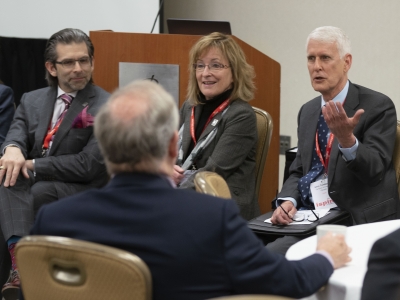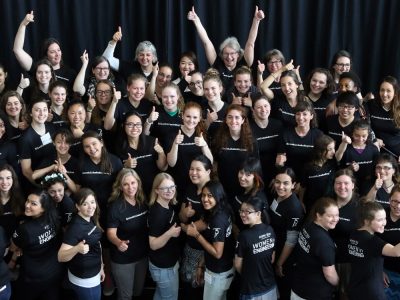TIM Student Creates Mission Control Space Services
By Emily James
Photos by Justin Tang
When Ewan Reid left NASA’s Johnson Space Center in Houston for the last time four years ago, he had served as a mission controller on nine of the final 12 space shuttle missions.
The space shuttle program spanned three decades before coming to a close in 2011. Five different shuttles were launched on a total of 135 missions, although rockets were used in 2003 to send a pair of planetary rovers to Mars.
In his role as a systems and electrical designer and operations engineer, Reid was at the epicentre of NASA’s space shuttle era. Once back in Canada, to continue helping with the effort to seek out new knowledge about space, he established Mission Control Space Services — an Ottawa-based company focusing on space exploration and robotics that recently signed a $500,000 contract to work on rover technology with the Canadian Space Agency.
“The company was created to facilitate Canadian contributions to the world’s emerging space economy,” says Reid, a graduate student in Carleton’s Technology and Innovation Management program (TIM) and member of the university’s Lead to Win business incubator, which allowed him to create and build his company in the Carleton Accelerator.
“This project will see the collaboration of space experts and experienced software developers who have done similar work on Canadian rovers.”
Rovers and robots already on Mars have some ability to move autonomously when controlled remotely by people. Once given a command, for example, a rover develops a plan, determines a path and is able to avoid certain obstacles on its own, including large rocks and steep slopes.

“But they are currently unable to detect and avoid non-geometric hazards such as soft sand,” says Reid, an Ottawa native who earned economics and engineering degrees at Queen’s and attended the International Space University in France before coming to Carleton.
“The ability for rovers to detect soft sand and other hazards that are currently unavoidable will occur through the process of machine learning. Giving them the ability to learn as they rove and adjust their behaviour accordingly will take rover autonomy to the next level.”
Mission Control’s Autonomous Soil Assessment System (ASAS) technology is intended to enable real-time forward soil characterization and mobility assessment to detect hazards that could immobilize a rover.
The two rovers sent into space in 2003, Spirit and Opportunity, landed on Mars in January 2004.
Designed to last just three months, Spirit explored the surface of the planet until getting stuck in soft sand in 2009. It became a stationary science platform until NASA lost contact with the rover the following year. Opportunity continues to travel around Mars and collect data, waiting for the next generation of rovers to arrive.
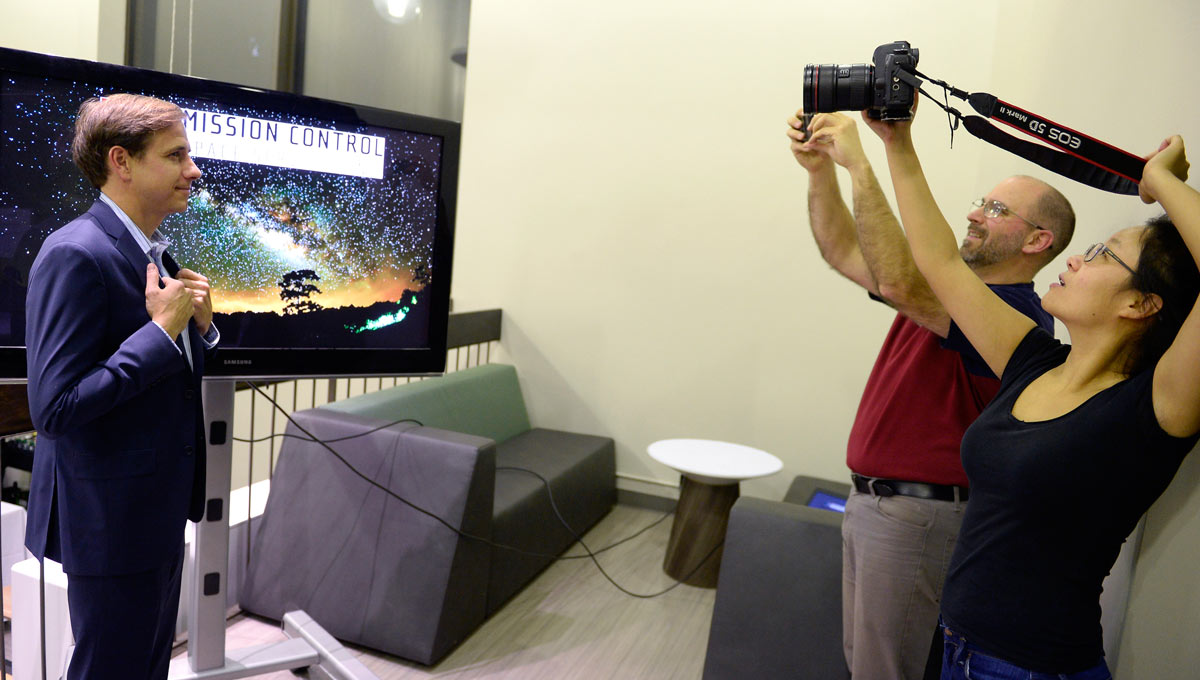
That generation is on the way, according to Reid, Mission Control’s president and CEO. The goal of his contract with the Canadian Space Agency is to advance the ASAS technology from Technology Readiness Level (TRL) 2 to TRL 4. These levels were developed by NASA as a standardized tool to guide technological development safely from concept to practical use in the field.
“In the future,” says Reid, “we hope there will be more funding to continue the development of our ASAS technology and eventually use it on a rover mission to Mars.”
“With the recent successes of planetary science missions, whether it is imaging Pluto and its moon, finding water on Mars or successfully landing on an asteroid, we see a lot of potential for this type of technology on future missions,” adds Michele Faragalli, the company’s manager of space exploration and advanced technologies.
Designing and developing such sophisticated technology requires high-level team work and partnerships among multiple agencies within the space community.
Mission Control’s research partners include Concordia University and American robot mobility researcher Karl Iagnemma, who advises NASA on the Curiosity rover currently on Mars. Industry partners Ontario Drive & Gear and the Canadensys Aerospace Corp. are also providing input.
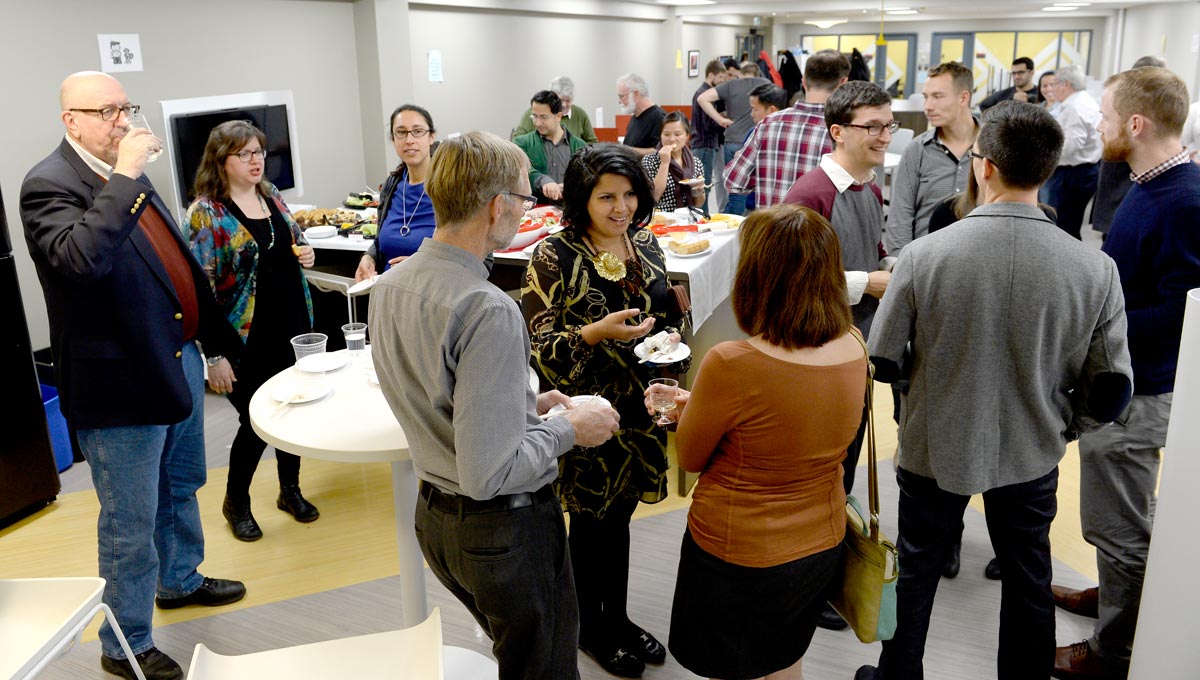
The company’s own leadership team, meanwhile, is comprised of experts with experience in the fields of spaceflight operations, advanced sensor systems and robotics, planetary mobility, planetary science, astrobiology, and management consulting and innovation.
From a business perspective, Mission Control received a boost by participating in Lead to Win. The incubator allows startups to pitch ideas to an external panel and, if successful, to use the Accelerator facility and other tools (such as networking, workshops and sales support) associated with Carleton’s entrepreneurial ecosystem.
Enrolling in the TIM program, which is geared toward engineering, computer science and business graduates, was similarly helpful.
“Working in the Accelerator provided the business with great resources,” says Reid. “It reduced overhead and made it easier to get off the ground quickly. And the TIM program showed me how to take a technology idea and turn it into a revenue-generating business.”
“Ewan is a role model of an authentic technology entrepreneur,” says Tony Bailetti, TIM director and Sprott School of Business professor. “He is one more good example of a TIM student who will graduate with a degree in one hand and a technology company in the other.”
“We’re proud of Ewan and his achievements” says Steven Muegge, a professor in the TIM program and Ewan’s thesis supervisor. “Ewan has clear goals. All of his work in the TIM program, including the assignments in his courses and his thesis research on entrepreneurship in the space industry, helps to strengthen his company.”
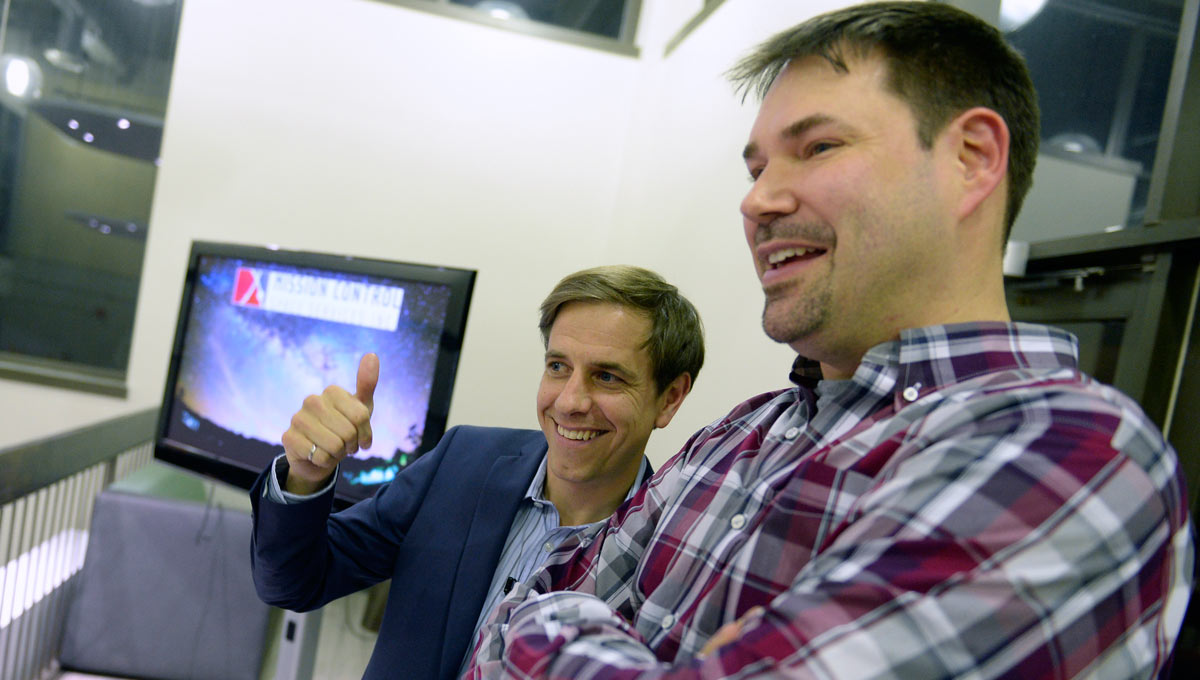
Since the dawn of the space race in the 1950s, space exploration has been largely limited to governments, military and big business because of the cost and complexity of spacecraft and other equipment — and because of what Reid calls the risk-averse mentality of “old space.”
Now, thanks in part to the inexpensive development of microprocessors and advances in material sciences, new space technology is more attainable for smaller players.
“The evolution of space technology development is opening up access to new business models and new opportunities for commercialization,” says Reid. “We are crossing a threshold into an era of ‘new space,’ and we’re on the cusp of it.”
Wednesday, December 2, 2015 in Aerospace, Graduate Students, Research
Share: Twitter, Facebook

